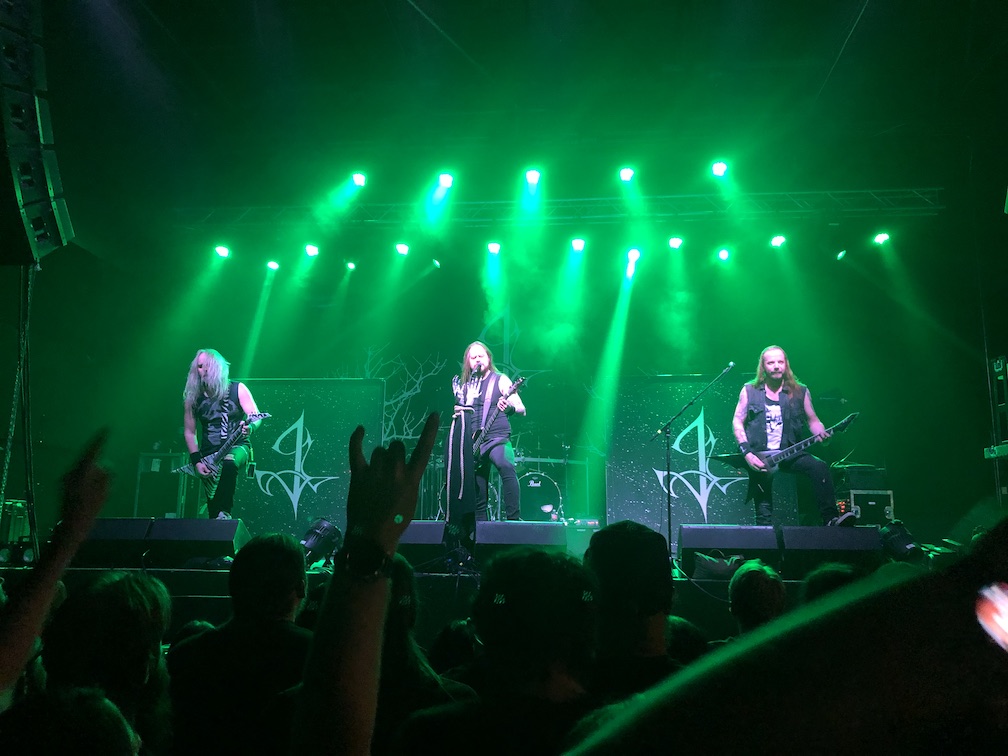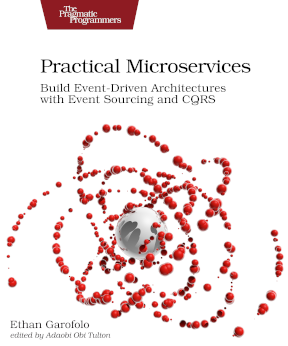Insomnium is “Finland’s finest in Melodic Death Metal” according to their website. I bet that’s a useful tidbit in and of itself, and I could close the email right here having delivered on the promise of this publication.
But let’s go further because I happened to go see them tonight.
A mosh pit emerged during a few of the songs, and yes, I jumped in as a 42-year-old man. I also fell to the floor as a 42-year-old man, losing my hat and almost a shoe in the process.
I tried picking myself back up, but before I could, a couple of other people in the pit lifted me back to my feet. And I found my hat.
Because that’s just how it works in a pit. No one is there with anything to prove. You’re just there to share this common experience and enjoy the music and energy of the crowd.
You can have this in your teams too. If you organization is small enough, it’ll likely just happen on its own. High-bandwidth communication and trust will lead to everyone elevating one another and having each other’s back.
As your org grows, you won’t preserve that unless management establishes a structure to maintain it. Do you give teams mutually opposing goals? Are team members measured in ways where helping a teammate would harm their own metrics (here’s looking at you async pull request workflow!). Does your org tolerate and elevate people who actively work against collaboration?
Systems begin to eat culture for breakfast as organizations grow larger. You might enjoy Craig Larman’s writing on this topic.
Anyway, here’s a picture I took of Insomnium. It was a great show.

